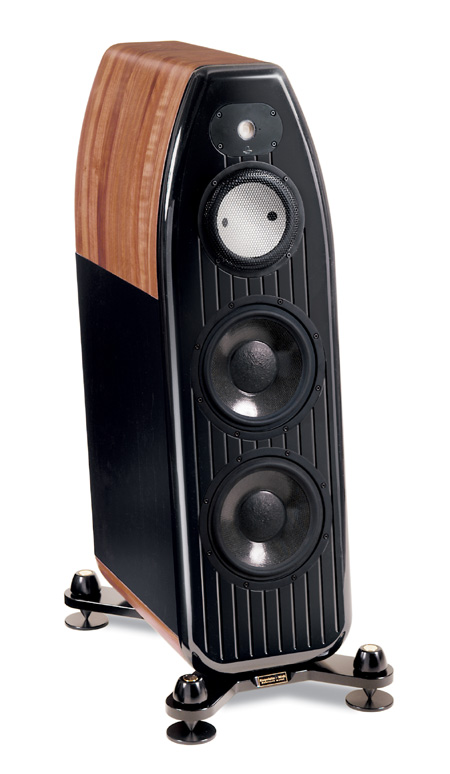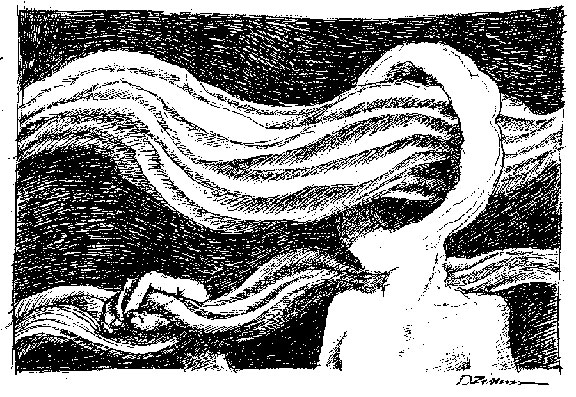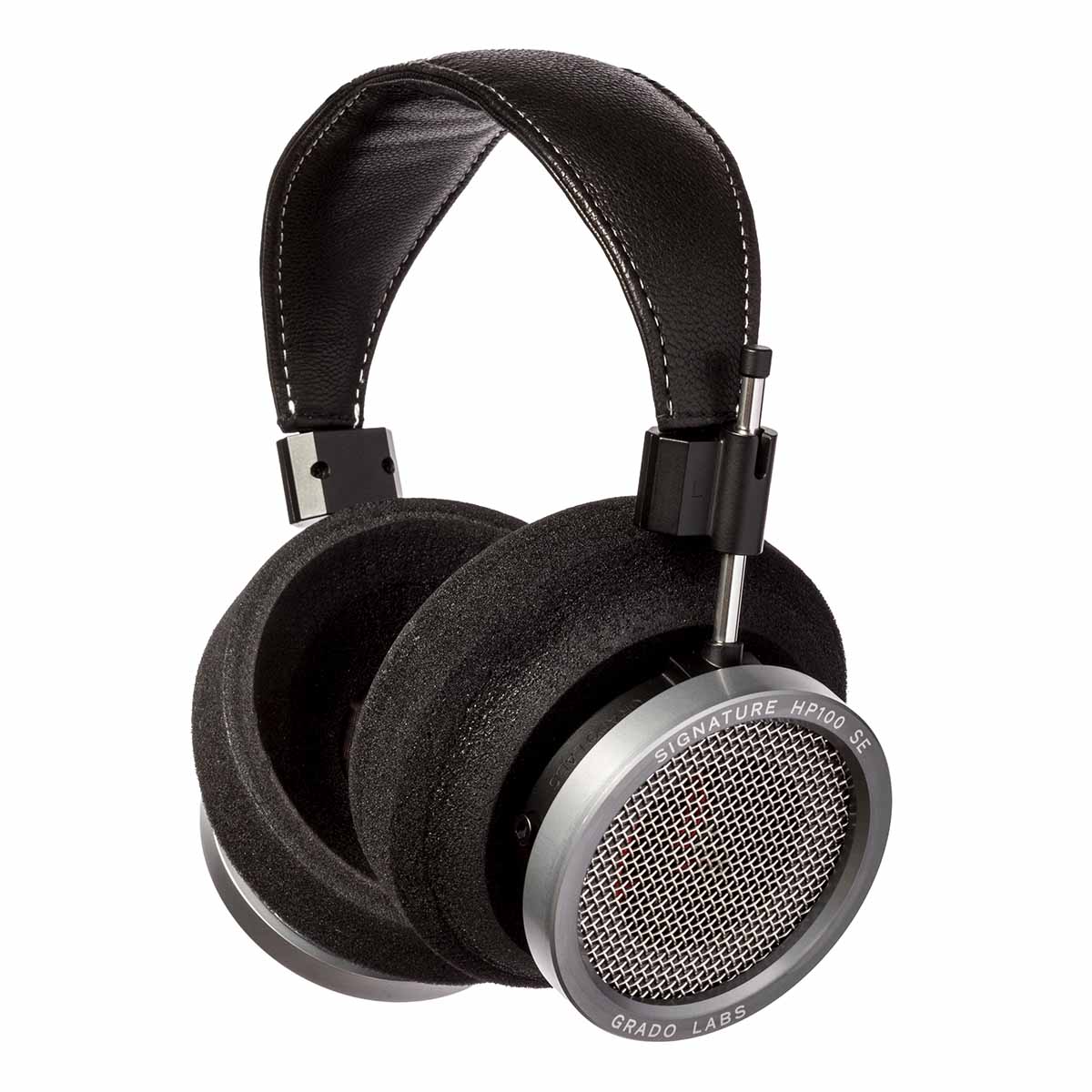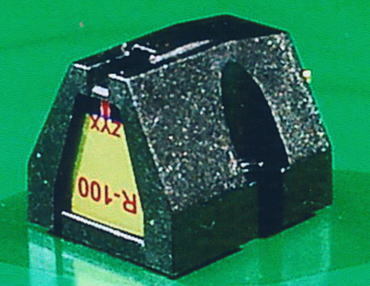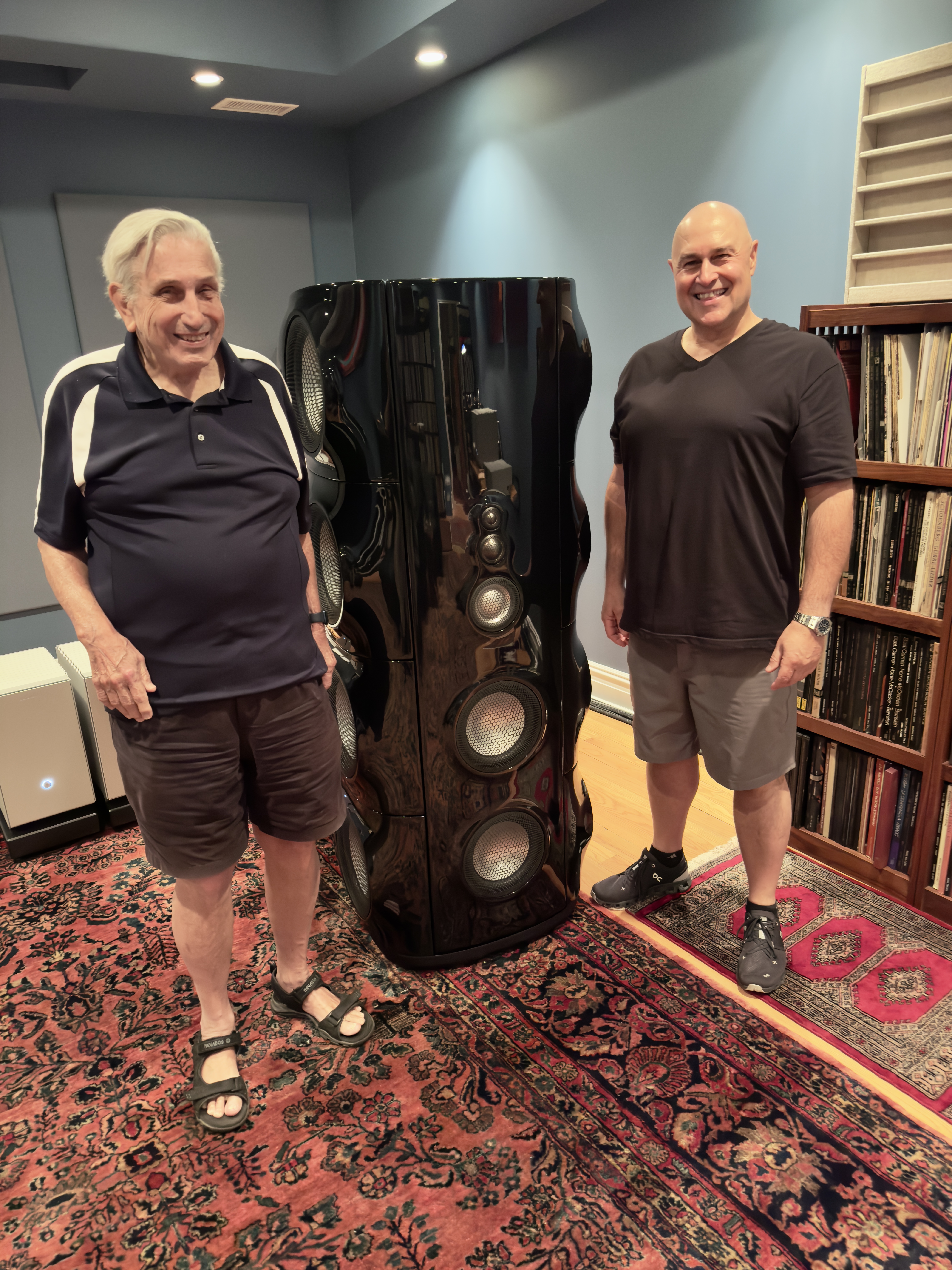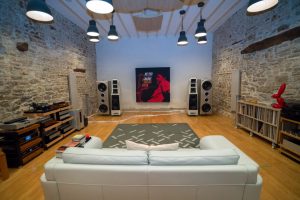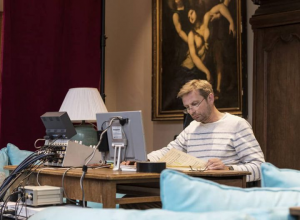Photograph by David W. Robinson, copyright © 2020, all rights reserved. Photograph may not be used or republished without the express written consent of the artist.
It is with deep sorrow that I report that legendary audio designer Tim de Paravicini passed away on December 17 in Japan, at age 75. The cause of death was liver cancer.
Tim was born in Nigeria to English parents. His family has a distinguished lineage, both in its native Italy and in England, where one branch of the family settled centuries ago. One of his ancestors was Agostino Pallavicini, ambassador from Genoa to Pope Gregory XV, and later the doge of Genoa. A portrait of Pallavicini by Anthony Van Dyck is in the collection of the Getty Museum, where it is on permanent display. Tim was in fact a baron, a title that has been in his family for many generations.
Tim was brought to England for his education, which culminated in his receiving a degree in electrical engineering. After finishing his degree, Tim moved to Johannesburg, South Africa, where he worked as a consultant to hi-fl stores, ran a factory building transformers and amplifiers, built PA systems for rock groups, and did work for recording studios. Among the people he worked for in Johannesburg were the import agents for Luxman, a fact that led, in 1972, to his being hired by the chief executives at Luxman specifically to bring that company to the attention of the world outside of Japan. He was the first and only Westerner doing audio design work in Japan at that time.
In the course of Tim's time at Luxman, he learned Japanese, met his wife Oliva, and designed several remarkable audio components that continue to receive notice. Perhaps the most notorious was the M6000, a gigantic transistor power amplifier that was one of the world's first muscle amps, and certainly the first to come out of Japan. Among other products, Tim also designed the MB3045 tube amplifier, at the time the only monoblock amplifier on the world market, and a product that is now being bought and sold at several times its original selling price.
While Tim was best known for designing vacuum tube components, the existence of the M6000 amplifier is testimony to the fact that he was equally at home designing both tube and transistor gear. He believed that neither is inherently superior to the other, and in fact believed that, given proper circuit design, they should sound identical.
Tim straddled both the world of professional audio and that of domestic hi-fi. He was best known in the pro-audio world for his radical modifications of ATR and Studer tape machines. These machines are capable of digital levels of signal-to-noise ratio, and have a bandwidth in excess of 8Hz to 80,000Hz. Here again, Tim used both tube and solid state devices. The Studer C37 used by Waterlily Acoustics to record the Grammy-award-winning Meeting By The River, was all tube, while the electronics in the tape machine currently used by Mobile Fidelity Sound Lab to master their LPs and CDs is solid state—though the cutting heads used to make their LPs are driven by EAR tube amps.
Tim left Japan in 1976 and returned to England, where at first he did design work for others. Perhaps his best-known products from this period are the TVA-1 and TVA-10 amplifiers that he created for Michaelson & Austin—once again, vintage products that are still sought after today. He founded EAR (the initials of which originally stood for Esoteric Audio Research) in 1978, and began to create a line of audio products under that name. He also continued to design for other companies, among them Musical Fidelity, Alchemist (now defunct) and, more recently, Quad.
The list of the many well-known recording and mastering engineers who use his equipment includes Bob Ludwig of Gateway Mastering, whose credits include Jimi Hendrix, Led Zeppelin, The Rolling Stones, Eric Clapton, Radiohead, Dire Straits, and Frank Zappa, among many others. Paul Stubblebine uses his tape machines to both play back and duplicate reel-to-reel tapes for The Tape Project. James Guthrie, who has been producer and recording engineer for Pink Floyd since 1978, owns an EAR tape machine and a rackful of other gear, which he recently used to remaster the entire Pink Floyd catalog.
The list of the musicians who own and use Tim's equipment include Paul McCartney, Ringo Starr, the late George Harrison, Lenny Kravitz, and David Gilmour of Pink Floyd, who literally owns a boatload of Tim's equipment.
Tim's audio components have received numerous awards, among them many Golden Ear and Critic's Choice Awards from The Absolute Sound, Class-A (and a few –B) awards from Stereophile magazine, over a dozen top awards from the French magazines Revue Du Son, Haute Fidelite, and Diapason, a number of Editor's Choice awards from the English magazine Hi Fi News, and several, including Component Of The Year, from the Japanese magazine Stereo Sound.
Tim de Paravicini is survived by his wife Oliva, son Nevin, and daughter Avalon. The EAR company will continue to operate under the capable hands of Nevin de Paravicini.
On a personal note, it has been an honor and a privilege for me to know Tim for over thirty years, and to act as his U.S. distributor for most of that time. Those who didn't know him (and those who did) could find him gruff and quick-tempered at times, but those who knew him well knew that he was one of sweetest and most generous people you could possibly meet. I will miss him every time I turn on my system to listen to music, and at the same time be grateful that I am able to benefit from his incredible ability to make chunks of metal, glass, plastic, and wire sound like real music.
Dan Meinwald, EAR USA
Photograph by David W. Robinson, copyright © 2020, all rights reserved. Photograph may not be used or republished without the express written consent of the artist.






